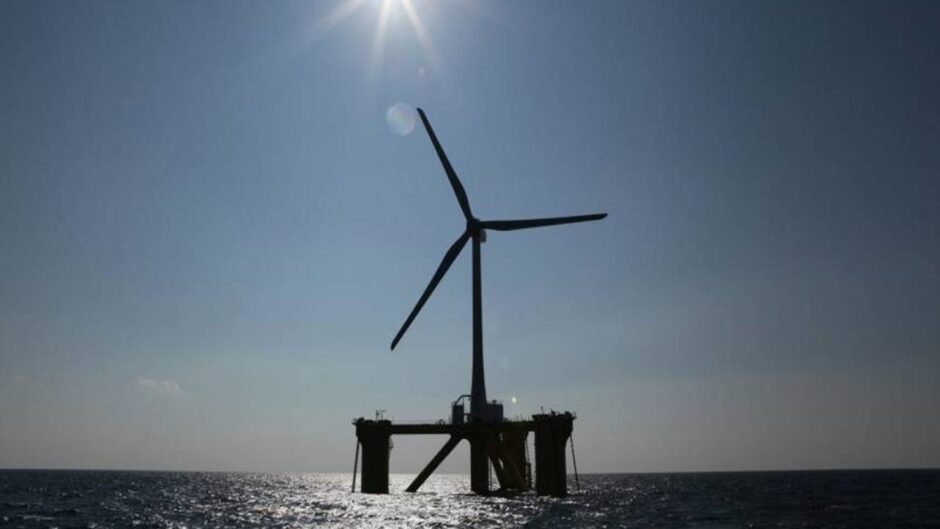
The developers of the 3.6GW Ossian floating wind farm have submitted a consent application to the Scottish Government to build the project.
Backed by SSE Renewables, Japan’s Marubeni and Denmark’s Copenhagen Infrastructure Partners (CIP), Ossian is among the world’s largest floating projects under development.
The application covers the offshore part of the development, which will use a maximum of 265 wind turbines based on floating foundations.
In addition to the turbines, the application covers mooring and anchors, inter array cables and offshore transmission infrastructure.
Ossian will use a maximum of fifteen offshore substation platforms (OSPs) – either up to six large OSPs, or up to three large and twelve small OSPs – which will be installed on piled jacket or suction caisson jacket foundations.
In addition, the network of inter-array cabling will be up to 1,261km long.
The project will connect to the National Grid, via connection points at the 400 kV Grid Substations located at Lincolnshire Connection Node and Weston Marsh, Lincolnshire.
Ossian’s offshore export connection infrastructure and onshore components will be separately consented via different applications.
The site of the proposed project is 331 square miles (857 sq km), more than four times the size of Aberdeen, around 52 miles (84km) off the Aberdeenshire coast.
Ossian is among the world’s largest floating offshore wind projects currently under development. Once operational, it would be capable of generating enough power for up to 6 million homes annually.
Ossian development lead Rich Morris said: “We have submitted a comprehensive environmental impact assessment report to the Scottish Government’s Marine Directorate, and we’re committed to continuing engagement with the statutory consultees and wider stakeholder community.
“We are confident this submission will support the timely delivery of the UK’s largest floating offshore wind farm ensuring Ossian is ready to take full advantage of ongoing grid reforms and National Grid ESO’s move to a ‘first ready, first connected’ model.
“We have worked hard to reach this significant milestone which is crucial in paving the way for a decarbonised future and supporting the Scottish and UK governments’ net zero targets.”
Ossian consulted with over 30 organisations including regulatory and industry bodies across nature conservation, fisheries, aviation and shipping and navigation, to ensure the application is reflective of their views.
Ossian’s developers also collaborated with other ScotWind developers to document the habits of bird populations in the wider North Sea region.
In November last year, Ossian also became the first ScotWind floating offshore wind farm to complete essential geotechnical surveys.
And earlier this year, the developers submitted Ossian’s environmental impact assessment.
November also saw the West of Orkney Windfarm became the first of the 20 ScotWind projects to submit its consent application.
However, nine months on, the project has still to receive a decision.
Recommended for you

